Surge in Energy Storage Solutions
The Lithium Market is experiencing a notable surge in demand for energy storage solutions, particularly due to the increasing adoption of renewable energy sources. As countries strive to meet their energy needs sustainably, lithium-ion batteries have emerged as a preferred choice for storing energy generated from solar and wind sources. The market for energy storage systems is projected to grow significantly, with estimates suggesting a compound annual growth rate of over 20% in the coming years. This growth is likely to drive the demand for lithium, as these batteries require substantial quantities of the metal. Consequently, the Lithium Market is poised to benefit from this trend, as manufacturers seek to enhance battery performance and efficiency, thereby solidifying lithium's role in the energy transition.
Rising Demand for Consumer Electronics
The Lithium Market is also experiencing growth due to the rising demand for consumer electronics. As technology continues to advance, the need for portable electronic devices such as smartphones, laptops, and tablets is increasing. These devices predominantly rely on lithium-ion batteries for power. Market data indicates that the consumer electronics sector accounts for a substantial portion of lithium demand, with projections suggesting that this segment could represent nearly 30% of total lithium consumption by 2026. This trend highlights the importance of the Lithium Market in supporting the electronics sector, as manufacturers seek to secure reliable sources of lithium to meet consumer expectations for longer battery life and improved performance.
Expansion of Electric Vehicle Production
The Lithium Market is witnessing a robust expansion driven by the increasing production of electric vehicles (EVs). Major automotive manufacturers are investing heavily in EV technology, with projections indicating that the number of electric vehicles on the road could reach over 300 million by 2030. This surge in EV production is directly correlated with the rising demand for lithium-ion batteries, which are essential for powering these vehicles. As a result, the Lithium Market is likely to experience heightened demand, with estimates suggesting that lithium consumption in the automotive sector could double within the next five years. This trend underscores the critical role of lithium in the transition to cleaner transportation solutions, positioning the industry for substantial growth.
Technological Advancements in Battery Technology
The Lithium Market is significantly influenced by ongoing technological advancements in battery technology. Innovations such as solid-state batteries and enhanced lithium extraction methods are poised to revolutionize the market. These advancements not only improve battery performance but also increase the efficiency of lithium usage, potentially reducing costs. For instance, solid-state batteries, which utilize lithium in a more efficient manner, are expected to enhance energy density and safety, making them a viable alternative to traditional lithium-ion batteries. As these technologies mature, the Lithium Market may witness a shift in demand dynamics, with manufacturers seeking higher-quality lithium products to meet the evolving needs of consumers and industries alike.
Government Policies Supporting Clean Energy Initiatives
The Lithium Market is being propelled by favorable government policies aimed at supporting clean energy initiatives. Many countries are implementing regulations and incentives to promote the adoption of electric vehicles and renewable energy technologies. For example, tax credits for EV purchases and subsidies for battery production are becoming increasingly common. These policies are likely to stimulate demand for lithium, as the metal is a critical component in the batteries that power these technologies. Furthermore, as governments commit to reducing carbon emissions, the Lithium Market is expected to benefit from increased investments in lithium mining and processing, ensuring a steady supply to meet the growing demand.
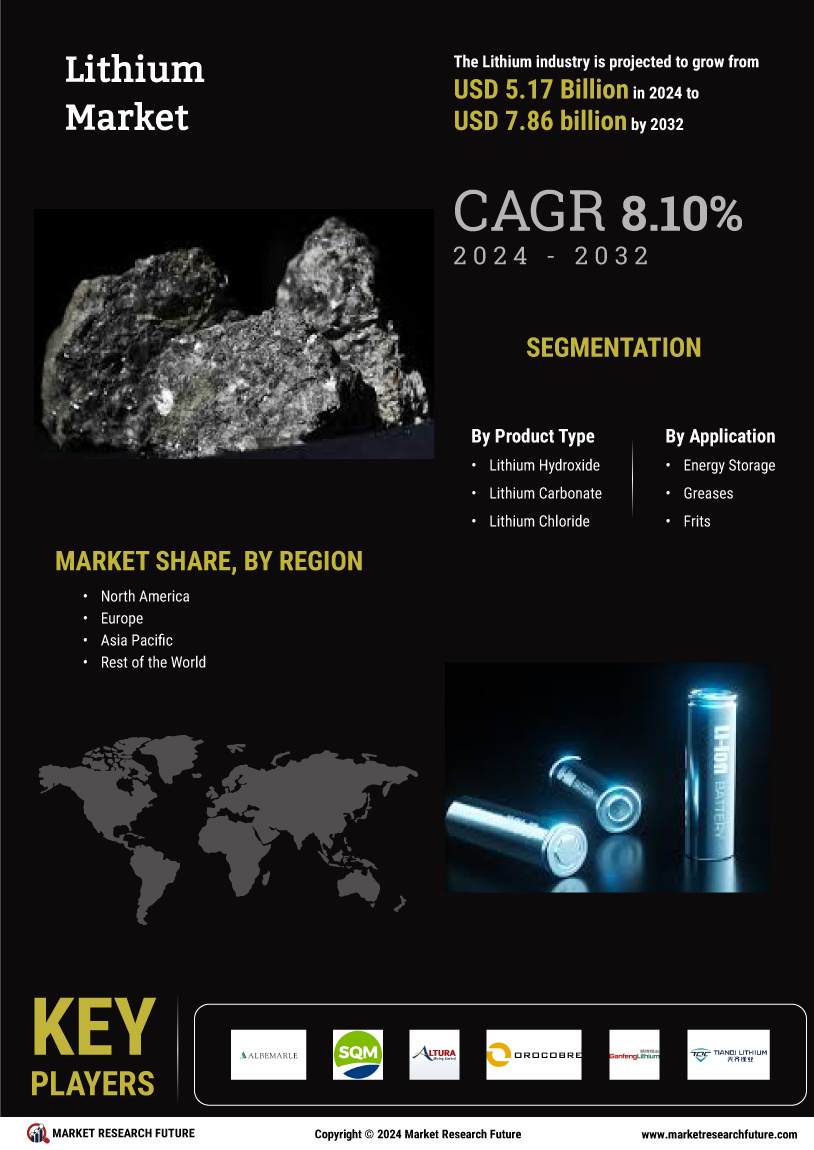

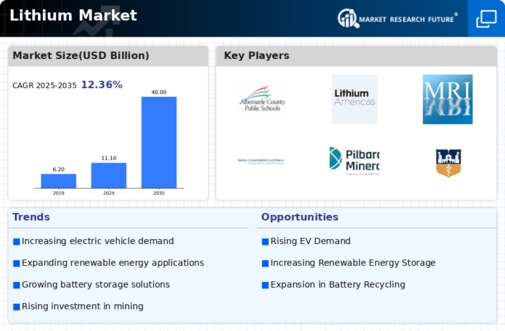
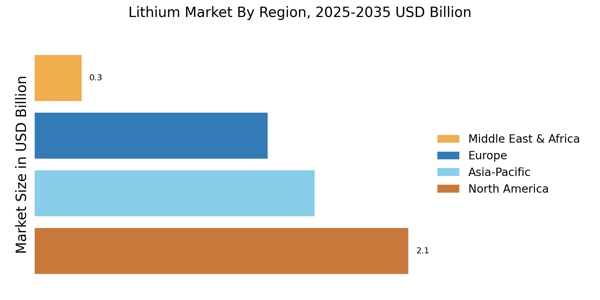
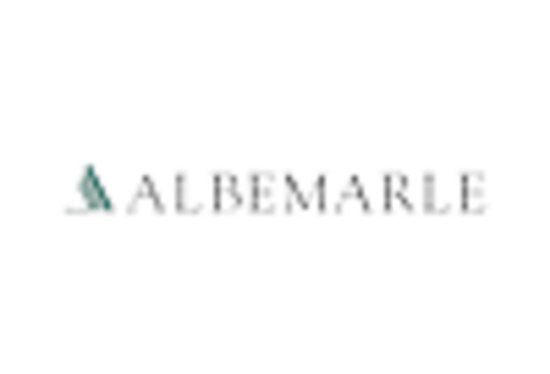
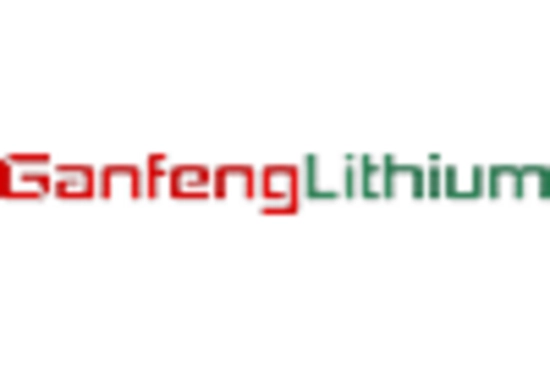
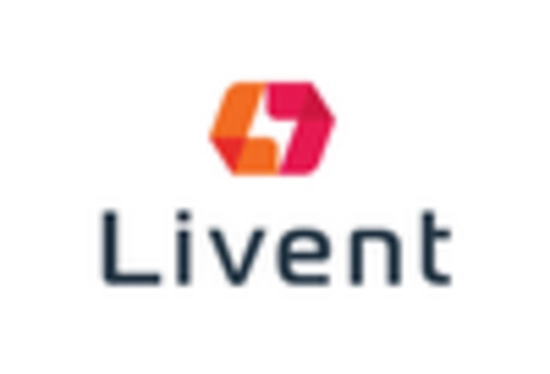
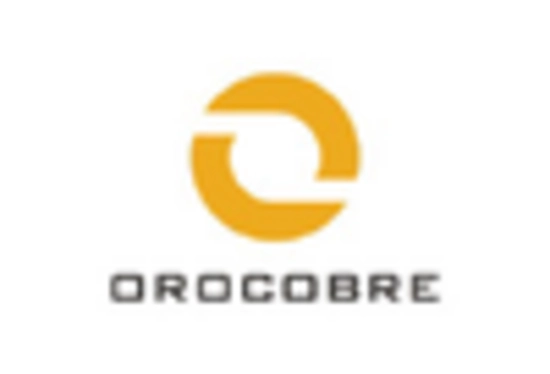










Leave a Comment